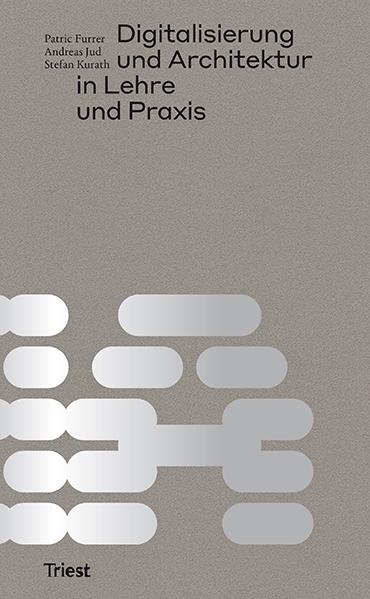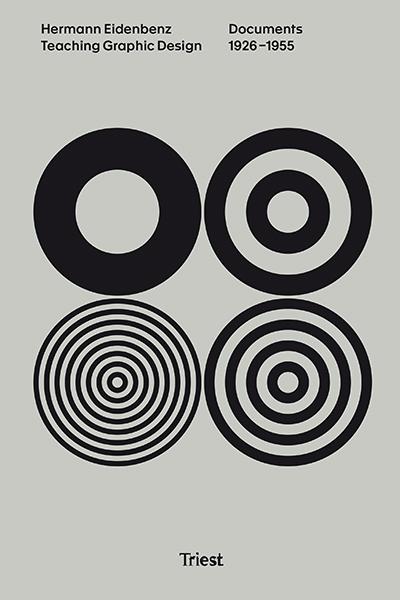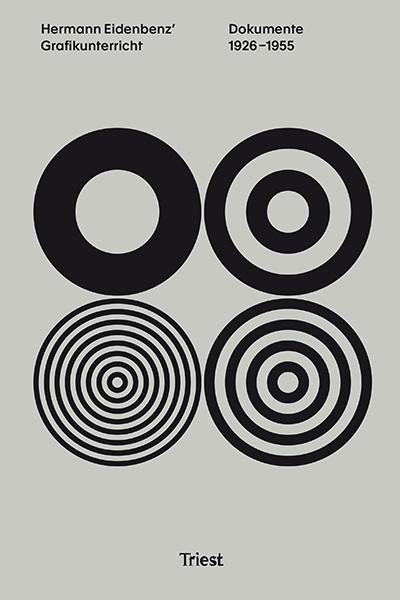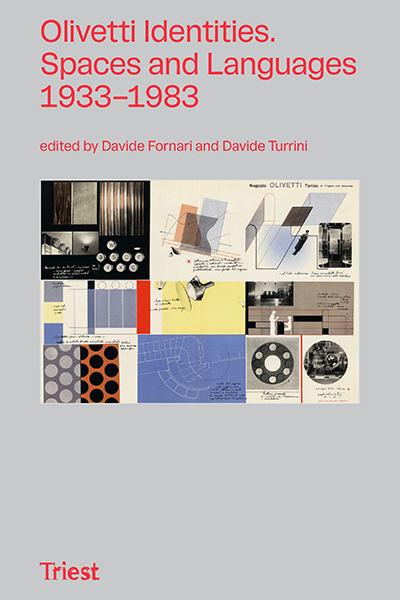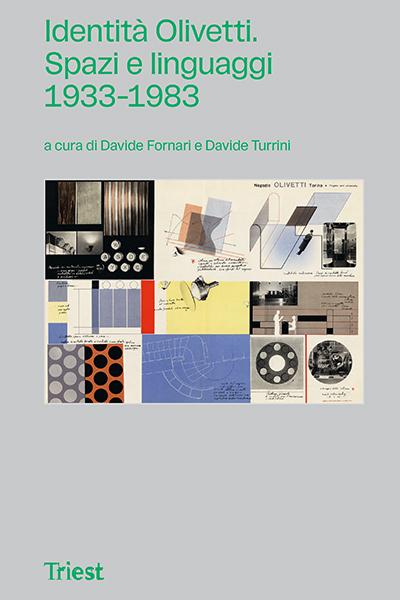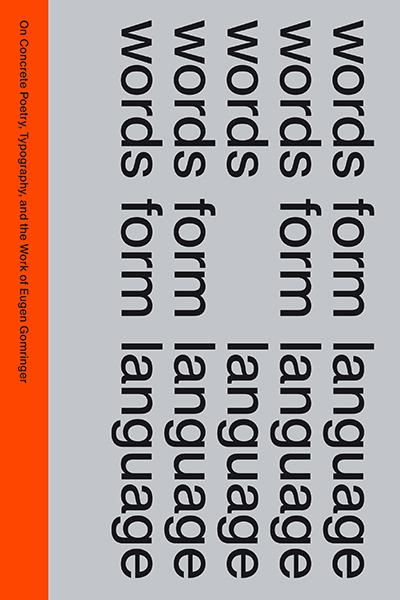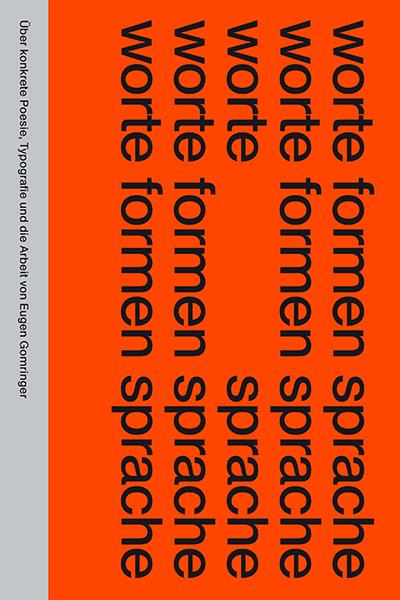ECAL/École cantonale d’art de Lausanne, Alain Bellet (eds.)
A Third Hand
Creative Applications for Robotics
Book design: Adeline Mollard, Zurich
Euro [D] 39.–, Euro [A] 40.10
English, ca. 280 pages, ca. 140 images,
16,7 × 24 cm, softcoverEuro [D] 39.–, Euro [A] 40.10
Pre-order. Release date: March 2026
ISBN
978-3-03863-087-6
• Utilizing robotics in creative work with paint, photography, tools and much more
• Projects and case studies show which potential uses of robotics are possible for designers, artists, researchers, etc.
• Detailed documentation of projects can be used as a manual for the reader’s own work
Robotic arms are rapidly becoming part of the daily goings-on at art and design studios, but due to a lack of reference materials, there are still difficulties in accessing the workflows and methods for these machines.
A Third Hand presents applied case studies and defines a range of exemplary working methods that can both inform and inspire future users. The book offers an introduction to working with robotic arms and is aimed at designers and artists in the broadest sense.
It is the result of the research project “A Third Hand – Creative Applications for Robotics,” which was conducted at ÉCAL. Of the six projects, each presenting a specific approach and working method, five were developed in collaboration with professional designers and artists and one with students of design.
In Jussi Ängeslevä’s project, the robotic arm is used to precisely carve a block of ice to slowly reveal a projected image as light passes through. In the project by Varvara & Mar, the robotic arm is holding a mirror and moves to stay in front of the person interacting with it – a real-time interaction where viewers also discover other faces depicted on the mirror. Design duo Pinaffo & Pluvinage experimented with spraying techniques on simple objects such as furniture using a series of shifting movements to achieve a projection of color on multiple sides at once. The Swiss photographer Taiyo Onorato continued his research on light painting, this time making use of the robotic arm’s movement possibilities. Niklas Hagemann used his design engineering skills to develop an open-source arm for affordable, simplified, and customizable applications.
It is the result of the research project “A Third Hand – Creative Applications for Robotics,” which was conducted at ÉCAL. Of the six projects, each presenting a specific approach and working method, five were developed in collaboration with professional designers and artists and one with students of design.
In Jussi Ängeslevä’s project, the robotic arm is used to precisely carve a block of ice to slowly reveal a projected image as light passes through. In the project by Varvara & Mar, the robotic arm is holding a mirror and moves to stay in front of the person interacting with it – a real-time interaction where viewers also discover other faces depicted on the mirror. Design duo Pinaffo & Pluvinage experimented with spraying techniques on simple objects such as furniture using a series of shifting movements to achieve a projection of color on multiple sides at once. The Swiss photographer Taiyo Onorato continued his research on light painting, this time making use of the robotic arm’s movement possibilities. Niklas Hagemann used his design engineering skills to develop an open-source arm for affordable, simplified, and customizable applications.
About the editors
Alain Bellet is a designer, associate professor, and former head of the Media & Interaction Design degree program at ÉCAL. His teaching and research focus on the relationships we have with technologies and the ways in which we interact with them. He works in Zurich and Lausanne.
Their work is closely linked to manufacturing processes ranging from software programming and electronics to mechanical engineering and precision machining. Their projects reflect the spread and integration of robotics into everyday activities, critically examining new situations arising from these changes. The studio has offices in Zurich and Marseille.























